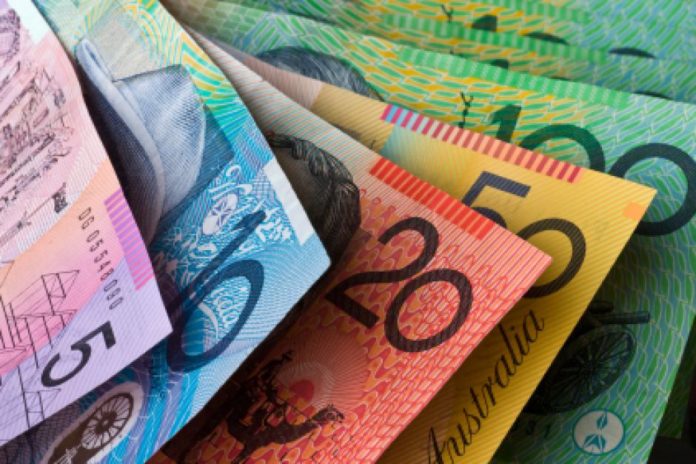TWEED POLICE have warned local business owners to be on the look out for counterfeit $100 bills following a report of a fake bill surfacing at Tweed Heads South on Friday, January 6.
Acting Inspector Jackie Lilley said a report was made to Tweed Heads Police after the fake $100 bill was used to purchase items at a takeaway food outlet in Tweed Heads South.
A/Inspector Lilley said the staff and owner of the takeaway had unknown the note was fake and it wasn’t until it was banked the next day that the bank flagged the note and found it to be counterfeit.
Police are making further inquiries into the matter and the counterfeit note has been seized for further examination.
“Businesses are encouraged to examine bank notes to ensure authenticity at the time of transaction and to record all details of vehicles/people that are acting suspicious before notifying police,” A/Inspector Lilley said.
The following information can be used as a guide to help business owners and residents identify a $100 note. This information was sourced from (http://currencyguide.eu/aud-en/100aud-en.html) and may be able to help.
GUIDE TO $100 BILL SECURITY FEATURES
+ A clear window has a stylized image of a lyrebird printed in it, along with embossing of the number ‘100’ (both can be seen from either side of the banknote).
Examine the clear window. Genuine banknotes have a clear window – the area around the window is uniformly smooth to touch. The clear area should be part of the banknote and not an addition. Check the clarity of the clear window.
+ Feel the banknote: A genuine Australian 100 dollar note is printed on polymer (plastic) and has a distinctive feel. Check that the suspect banknote is not excessively thick or thin compared to a genuine banknote.
+ When the note is held to the light, a seven pointed star within a circle is formed by four points on one side of the banknote combining perfectly with three points on the other side.
+ When the note is held to the light also, an image of the Australian Coat of Arms can be seen under other printing.
+ The words ‘ONE HUNDRED DOLLARS’ and the number ‘100’ are microprinted and can be seen with the aid of a magnifying glass.
+ Slightly raised printing that can be felt with the fingers is used for the portraits and other major design elements.
+ Intricate multi-coloured fine-line patterns and images appear on each side.
+ Each Australian 100 dollar note’s serial number is printed twice, one in brown and one in green, on the back of the banknote. A different font is used for each serial number. The alpha prefix of two letters is followed by two numerals representing the year of the production, followed by a further six numerals. Under ultra-violet light, the serial numbers fluoresce.
+ Under ultraviolet light a patch showing the number ‘100’ becomes visible on the back of the 100 Australian dollar note.
